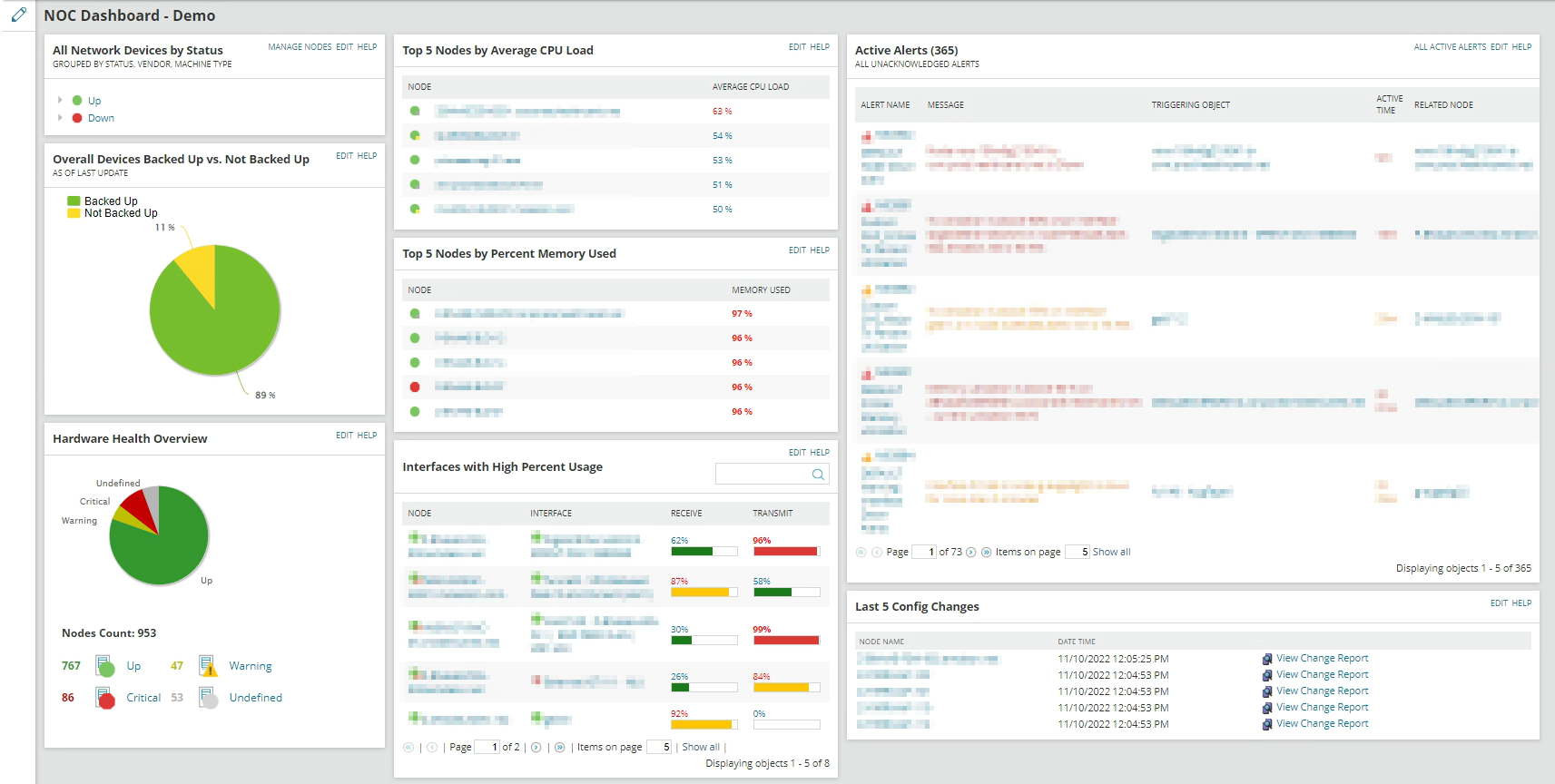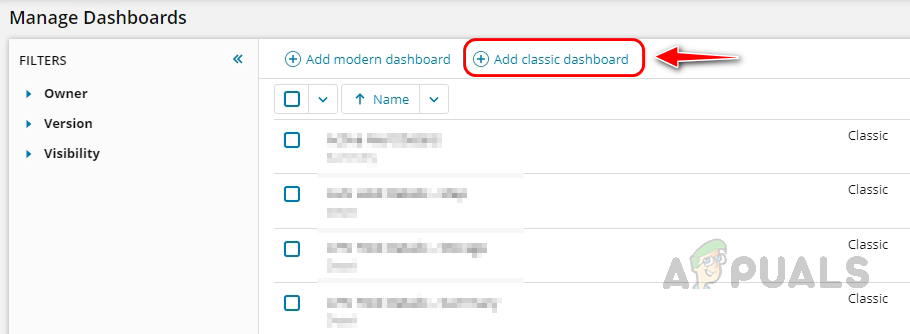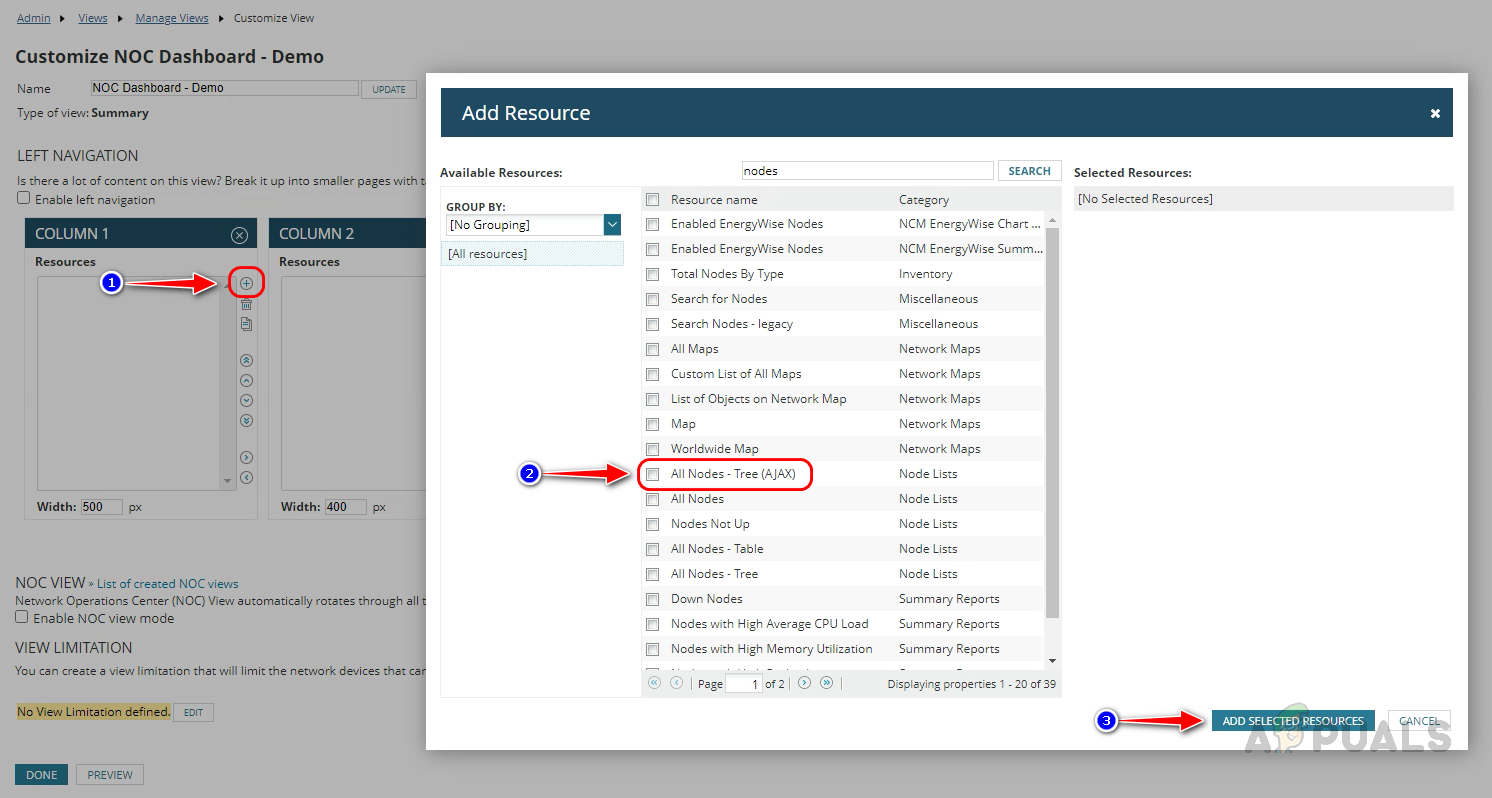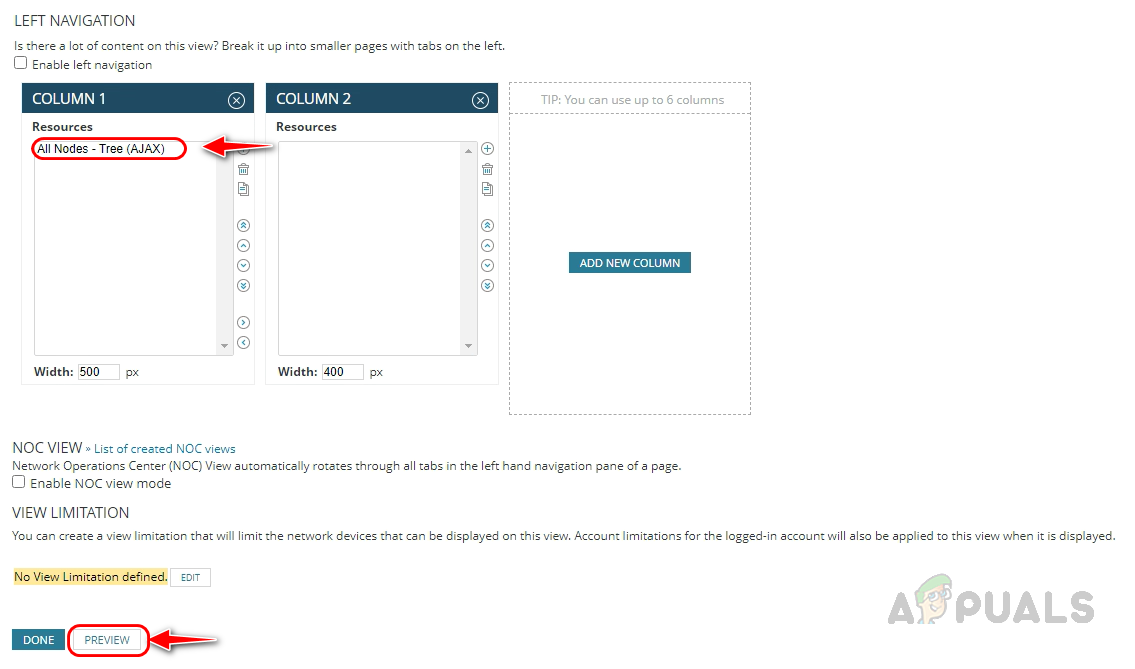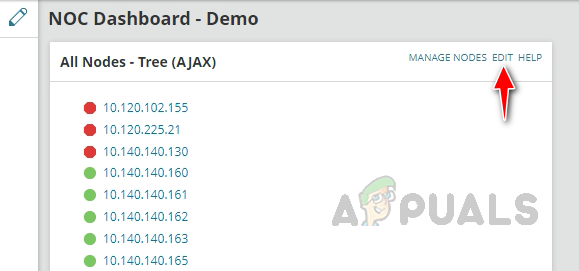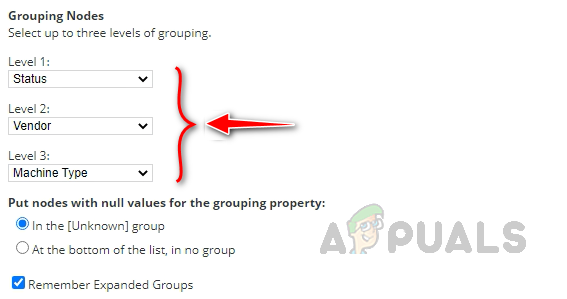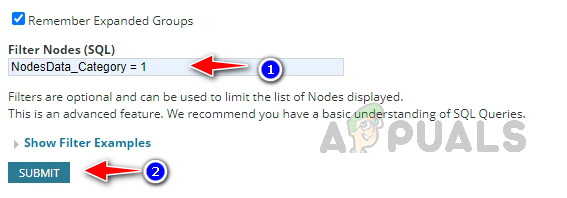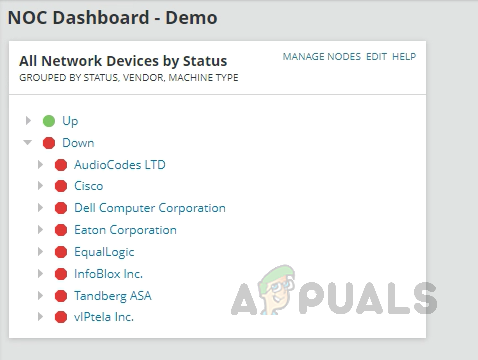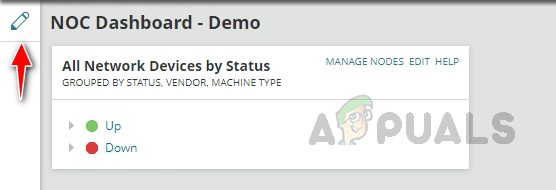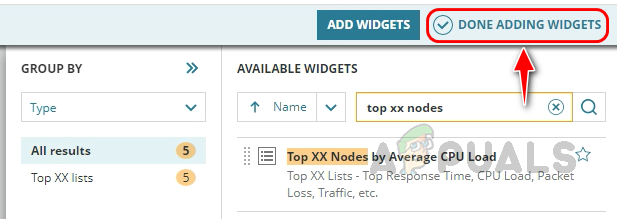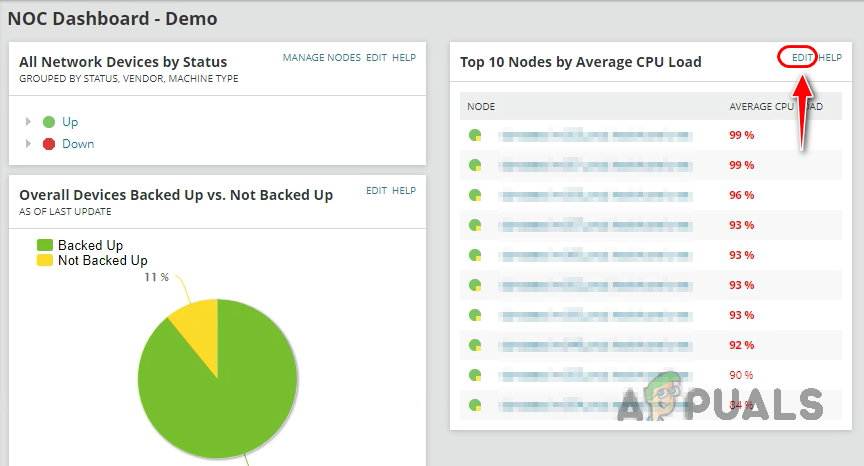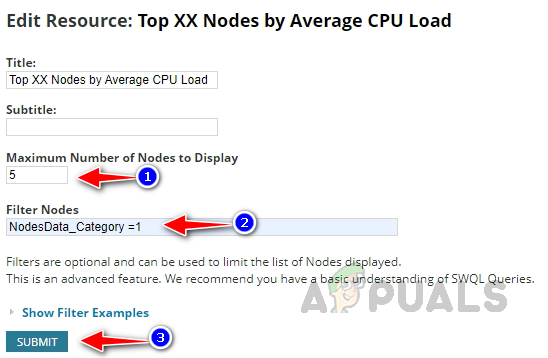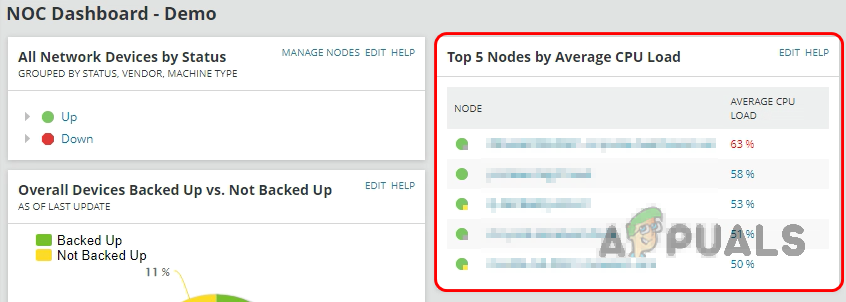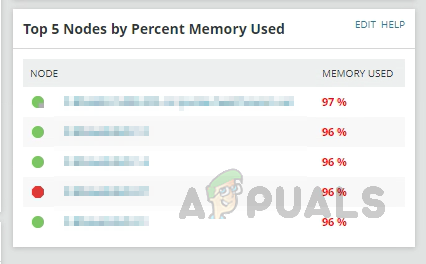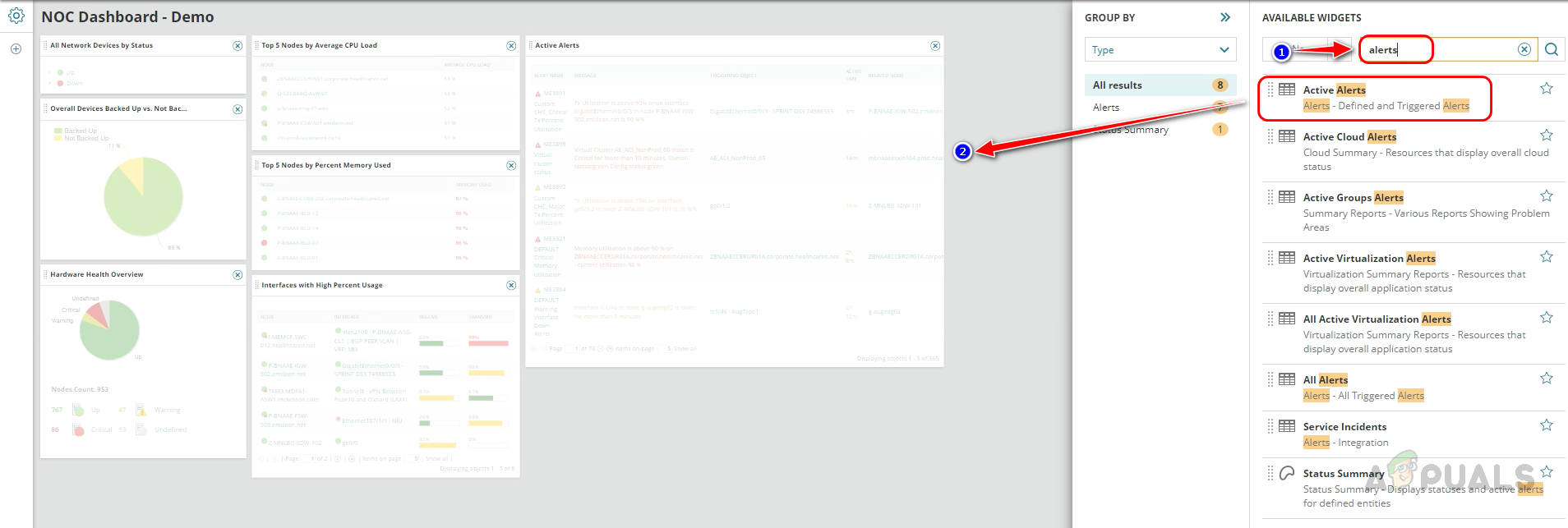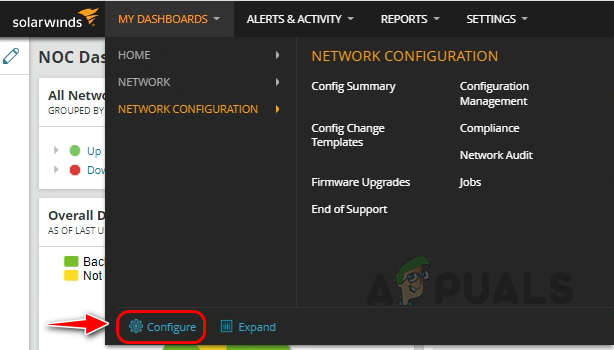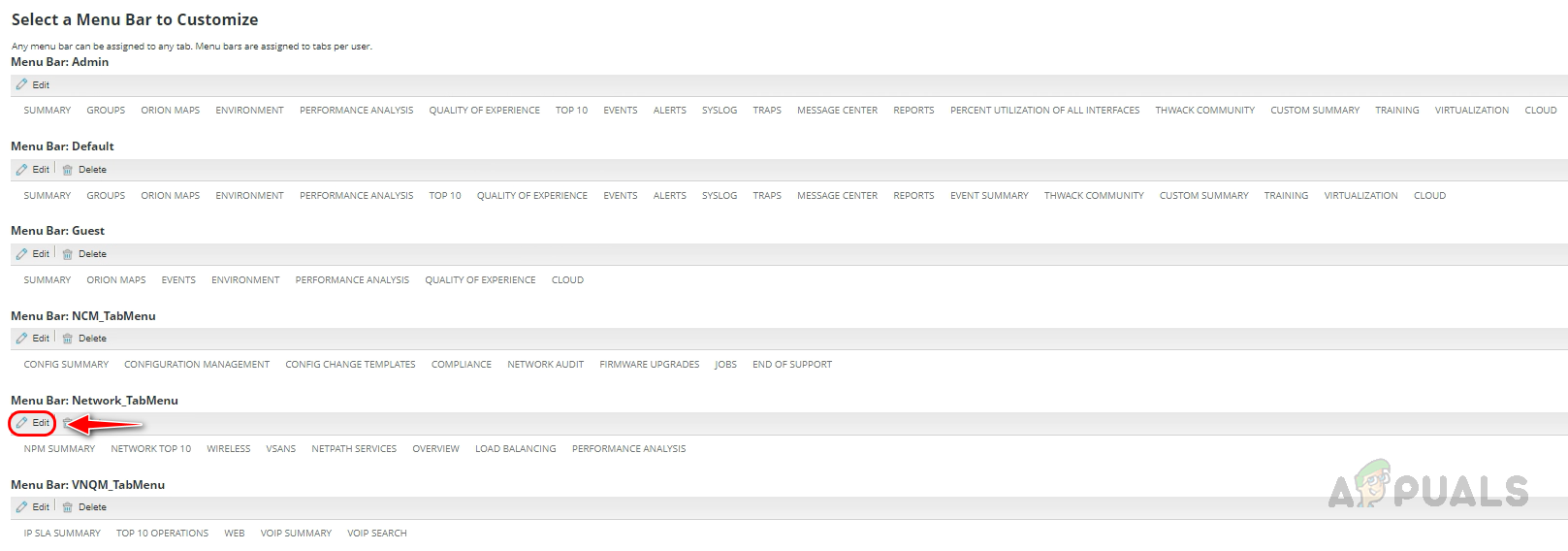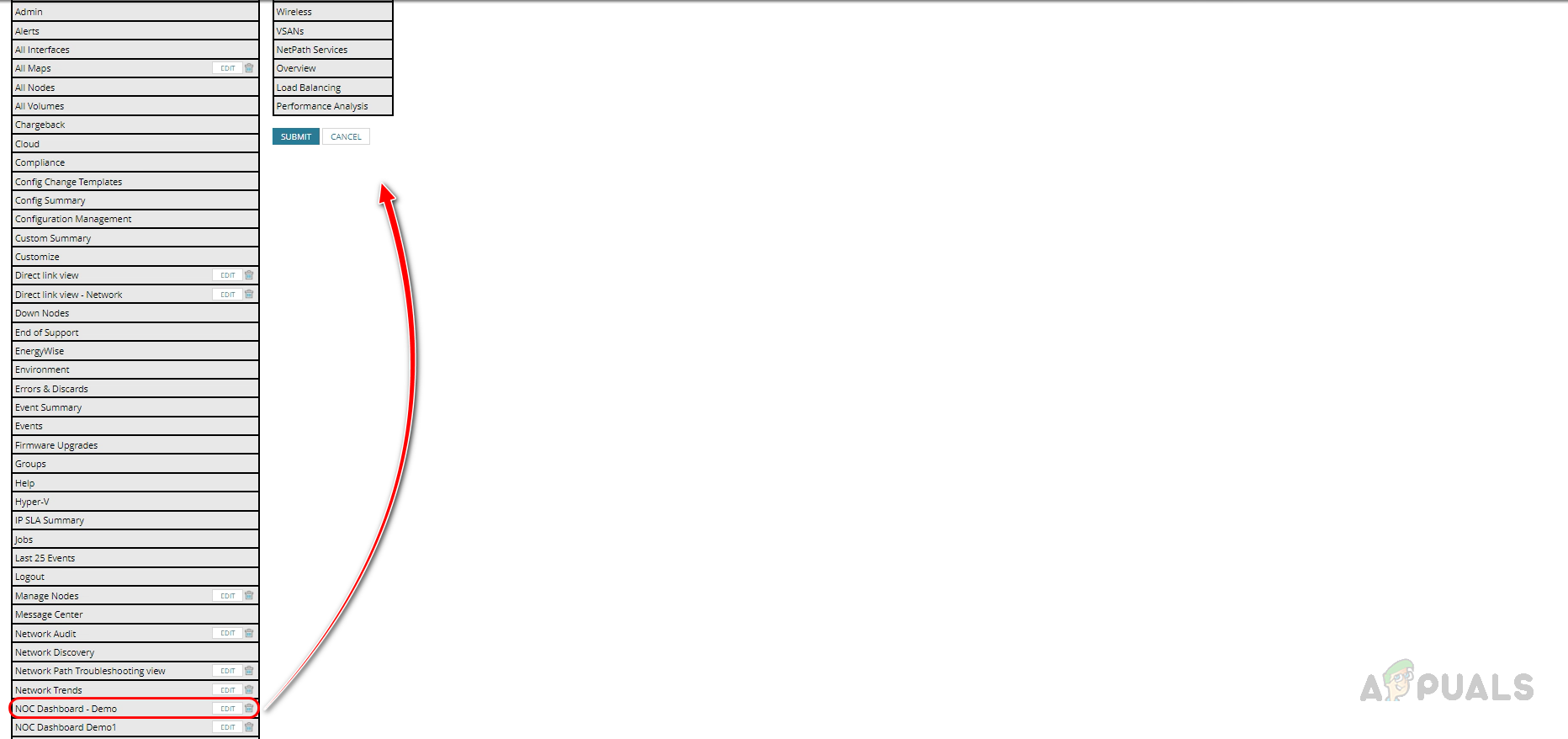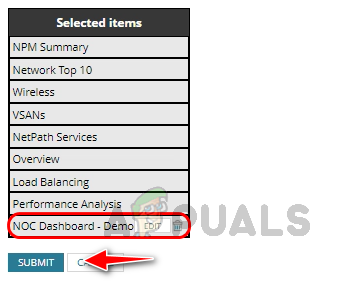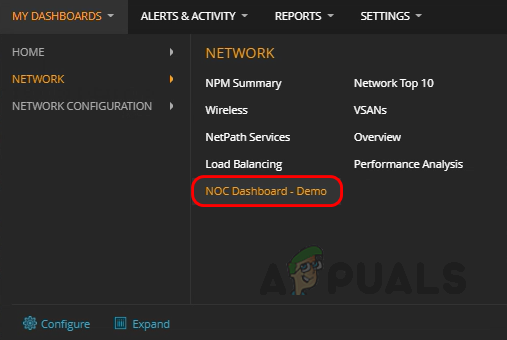In this article, let’s see how to create a dashboard like the one below.
Below are the custom widgets we are going to place on this dashboard.
Creating Dashboard for NOC Team
Follow the below steps to create the dashboard for the NOC team. Now we will be redirected to the dashboard creation page. Let’s see how to create the widgets mentioned above for the dashboard.
1. All Network Devices by Status
Follow the steps below to create a widget for all network devices by status.
2. Network Devices Config Backed-up vs. Not Backed-up
Let’s add our second widget to show the difference between the config-backed and not-backed-up devices.
3. Overall Hardware Status
Now let’s add a hardware status widget. Search hardware and drag and drop the Hardware Health Overview widget on the dashboard.
4. Top 5 Network Devices by Average CPU Load
To add the top 5 CPU-consuming network devices, follow the below steps.
5. Top 5 Network Devices by Average Memory
To add the top 5 network devices consuming more memory, follow the same steps above. Search top xx nodes and drop the Top XX Noe by Percent Memory Used widget on the dashboard. Follow the same steps to show only 5 devices and use the same SQL query to filter network devices.
6. Top 5 Interfaces with High Percent Usage
To add the interfaces consuming high bandwidth, search interfaces in the search box. Drag and drop the Interfaces with High Percent Usage widget. By default, this widget shows 5 interfaces. You can increase or decrease the interface count if required.
7. Active Alerts
To show the active alerts widget on the dashboard, search for alerts in the search box. Drag and drop the Active Alerts widget on the dashboard. We don’t have a filter option for the active alerts widgets, hence all the active alerts will be shown in this widget.
8. Recent Config Changes
To show the recent configuration changes on the network devices. Search for config changes in the search box. Drag and drop the Last XX Config Changes widget. By default, the widget shows the last 5 config changes. This can be increased or decreased based on the needs. We have added all the required widgets for our dashboard. Now click on Done Adding Widgets and Done Editing. Here’s the dashboard we created for the network team. Widgets available in the dashboard are interactive, we can expand the groups, and if we click on any of the nodes or parameters, it will take us to the related page where we can find more details about the same.
We can share the URL with the team or add this dashboard to our Solarwinds navigation menu so that anyone from the network team can access the dashboard.
How to Add Created Dashboard to Solarwinds Navigation Menu
Follow the below steps to add the dashboard to the Solarwinds navigation menu. We can use the Solarwinds navigation menu to access our dashboard. This is how we can create a custom dashboard for a specific team and add it to the Solarwinds menu bar. There are lots of pre-defined widgets available in Solarwinds. We can customize them based on our needs to create an executive dashboard. We can use executive dashboards to monitor all the network infrastructure devices in a single pane. To try and learn more about Solarwinds, click on this link.
Crash Bandicoot Returns in Crash Team Rumble, an All-New Team-Based,…Doom Eternal Switch Version Is Very Close, Says Executive Producer Marty…Microsoft Teases ‘All New’ Windows 1.0 With MS-DOS Executive Complete With Retro…TSMC’s Former Executive Says Intel is Way Ahead in Delivering Performance
